By: Ethan Williams
In family practice, the ebb and flow of seasonal ailments presents a significant challenge. From the common cold to seasonal allergies, these conditions affect not only individuals but entire households. As practitioners, understanding the impact of these ailments on patients’ lives is crucial. Physicians must treat the symptoms while fostering a proactive approach to prevent and manage these illnesses effectively.
Early intervention and preventive measures are key. By addressing seasonal ailments head-on, physicians alleviate suffering while reducing the strain on healthcare systems. Family physician Dr. Philippe Smith discusses the strategies and tools available to combat seasonal illnesses in family practice. Dr. Philippe Smith equips practitioners with the knowledge needed to navigate this seasonal challenge, from vaccination programs to patient education on hygiene practices and lifestyle adjustments.
Understanding Seasonal Ailments
In family practice, practitioners frequently encounter a spectrum of seasonal ailments that can significantly impact patient health. From the onset of fall to the peak of summer, distinct health challenges emerge. Respiratory infections, such as influenza and the common cold, tend to surge in colder months, while allergies to pollen and mold become prevalent in spring and summer.
Seasonal changes influence health in multifaceted ways. Reduced sunlight exposure in winter can lead to vitamin D deficiency, impacting immune function. Cold weather may exacerbate conditions like asthma, and increased indoor crowding can facilitate the spread of viruses. Conversely, warmer months bring about heightened pollen levels, triggering allergic reactions in susceptible individuals.
“Recognizing the early signs of these seasonal ailments is paramount,” says Dr. Philippe Smith. “Symptoms such as sneezing, coughing, fatigue, and congestion should not be dismissed, particularly during their respective peak seasons.”
Early intervention alleviates discomfort, prevents complications, and reduces the likelihood of severe illness. As frontline healthcare providers, staying attuned to the nuances of seasonal ailments is crucial.
Preventive Measures for Seasonal Ailments
In the battle against seasonal ailments, preventive measures are powerful weapons in a family practitioner’s arsenal. Vaccination is a cornerstone of defense against prevalent seasonal illnesses. For influenza, annual vaccination campaigns target circulating strains, reducing the risk of infection and its associated complications.
“Vaccines against pneumococcal disease are vital, especially for vulnerable populations such as the elderly and those with chronic conditions,” notes Dr. Smith.
Promoting good hygiene practices is another fundamental strategy. Handwashing, a simple yet effective measure, can significantly reduce the transmission of viruses and bacteria responsible for common colds and gastrointestinal infections.
Encouraging patients to cover coughs and sneezes, especially during peak flu seasons, further mitigates the spread of respiratory illnesses. A holistic approach to maintaining a healthy lifestyle is essential for bolstering immunity year-round.
Adequate sleep, a balanced diet rich in fruits and vegetables, regular exercise, and stress management all contribute to a robust immune system. Seasonal adjustments, such as ensuring sufficient vitamin D intake during winter months, can also play a role in supporting overall health.
By emphasizing these preventive strategies, family practitioners empower patients to take charge of their well-being. Through vaccination advocacy, hygiene education, and lifestyle guidance, practitioners lay a foundation for a healthier, more resilient community better equipped to navigate the challenges of each season.
Treatment Approaches
When seasonal ailments strike despite preventive efforts, family practitioners are equipped with a range of treatment approaches to alleviate symptoms and promote recovery. Pharmacological interventions play a central role in managing conditions like influenza, providing antiviral medications to reduce the severity and duration of illness.
Over-the-counter remedies for symptoms such as congestion and pain are commonly recommended and tailored to the patient’s age and medical history. Non-pharmacological treatments also hold significant value in the management of seasonal ailments. Rest and hydration are foundational principles, allowing the body to combat infections more effectively.
Adequate fluid intake helps maintain hydration levels and supports the immune system’s function. Warm fluids like herbal teas can soothe sore throats, while steam inhalation may ease nasal congestion. Personalized treatment plans are key to addressing seasonal ailments effectively. Every patient presents a unique medical profile, necessitating tailored approaches.
Factors such as age, underlying health conditions, and severity of symptoms guide treatment decisions. For instance, individuals with asthma may require specific medications and monitoring during peak allergy seasons. By considering both pharmacological and non-pharmacological options, family practitioners create comprehensive treatment strategies.
“The goal is not just symptom relief but also the restoration of optimal health and well-being,” says Dr. Smith.

Integrating Technology in Family Practice
The landscape of family practice is evolving, with technology playing an increasingly prominent role in managing seasonal illnesses. Telemedicine has emerged as a valuable tool, particularly in remote or underserved areas. Through virtual consultations, patients can receive timely care and guidance from the comfort of their homes, reducing the need for in-person visits during times of increased contagion.
Health tracking apps offer another avenue for managing seasonal ailments. These applications allow patients to monitor symptoms, track medication adherence, and record vital signs. Such data not only empowers individuals to actively participate in their care but also provides practitioners with valuable insights into the progression of illness. By remotely accessing this information, practitioners can make informed decisions and adjust treatment plans as needed.
Staying abreast of technological advancements is essential for family practitioners. As innovations continue to emerge, from wearable devices to artificial intelligence-driven diagnostics, practitioners must remain informed to serve their patients. Adopting these technologies enhances patient care and streamlines practice management, improving efficiency and accessibility.
Integrating technology into family practice enhances the ability to combat seasonal ailments effectively. By embracing telemedicine, health-tracking apps, and other innovations, practitioners bridge the gap between patients and care, ensuring comprehensive and timely interventions. As technology continues to evolve, its integration assures a future where managing seasonal illnesses is not only efficient but also increasingly personalized and precise.
The ever-changing landscape of seasonal illnesses demands that healthcare professionals remain informed and adaptable. Staying abreast of vaccination recommendations, emerging pathogens, and advancements in treatment modalities is crucial for providing optimal care.
Published by: Khy Talara







